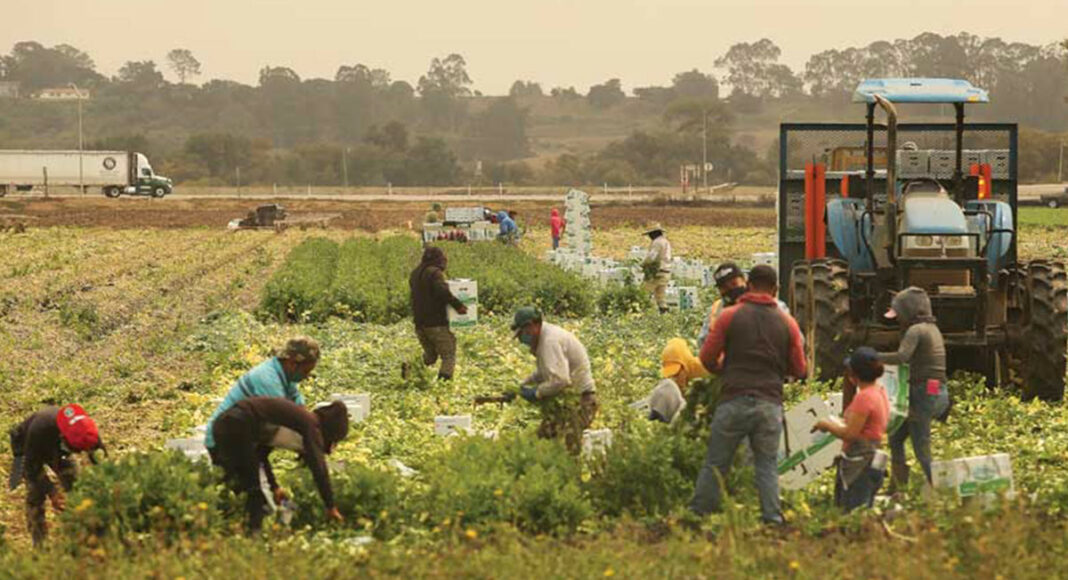The worst wildfires in California’s history have burned more than 3 million acres, about 3% of the state’s total acreage, and didn’t spare Santa Cruz County vineyards, orchards and tree farms.
The fires scorched fields, destroyed barns, melted irrigation lines and disrupted power, water and supply chains for farms along the coast and in the Santa Cruz Mountains.
The CZU Lightning Complex fire destroyed 40 acres of Crest Ranch Christmas Tree Farm and a large chunk of Bonny Doon’s McHenry Vineyard. In Davenport, Swanton Ranch, Sun Gap Farm, Pie Ranch and Two Dog Farm lost buildings. Small organic producers have launched GoFundMe pages to recover from the disaster.
“The fires broke out when wineries were just about to start harvesting,” Agricultural Commissioner Juan Hidalgo said, estimating that about 148 acres of vineyards out of the county’s 630 are a loss due to fire, smoke and ash and excessive heat. The local wine industry is “looking at more than $1 million in damages, at least,” he added.
Hidalgo said they are still waiting to get an assessment of damage to the timber industry, but that it’s “probably going to be huge.”
The Pajaro Valley was not hit directly by the fires but was blanketed by drifting smoke and falling ash. Though these can affect crops such as berries and leafy green vegetables, two of its main exports, the impact has been minimal.
“We have been fortunate so far,” Hidalgo said. “The impact has been small, and most growers have been able to keep up with the harvest.”
The biggest issue, Hidalgo said, has been the effect of smoke and ash on people working in the fields.
“Early on, when the fires started … air quality quickly became a huge problem,” Hidalgo said. “Our main concern was finding ways to protect our workers.”
Due to the ongoing Covid-19 pandemic, N95 masks have been in short supply. The Commissioner’s office collaborated with the State of California to provide more masks to farmworkers who continue working through both crises.
But the intense, dry heat that has recently hit the Central Coast—the root cause of the fires—has had an effect on every aspect of agriculture, from worker safety to the crops themselves.
Hidalgo estimates a 10-20% loss, primarily in berries, due to deformities caused by scorched flowers. Wine grapes were also susceptible to sunburning and smoke taint.
“It might not be noticeable in the grand scheme of things, but small losses add up,” he said. “Growers will not only lose commodities but will also need to bring workers in to clean up. It will create a delay in the entire process.”
Hidalgo said that his office’s main focus right now is collecting disaster losses and getting the information back to the United States Department of Agriculture, who can help support farmers in future clean up and replanting efforts. This is especially important as technically, the fire season in California has just begun.
“October is typically our worst fire month in California,” Hidalgo said. “We’re very concerned about that. We are trying to make sure that if that does happen again, we are ready.”













